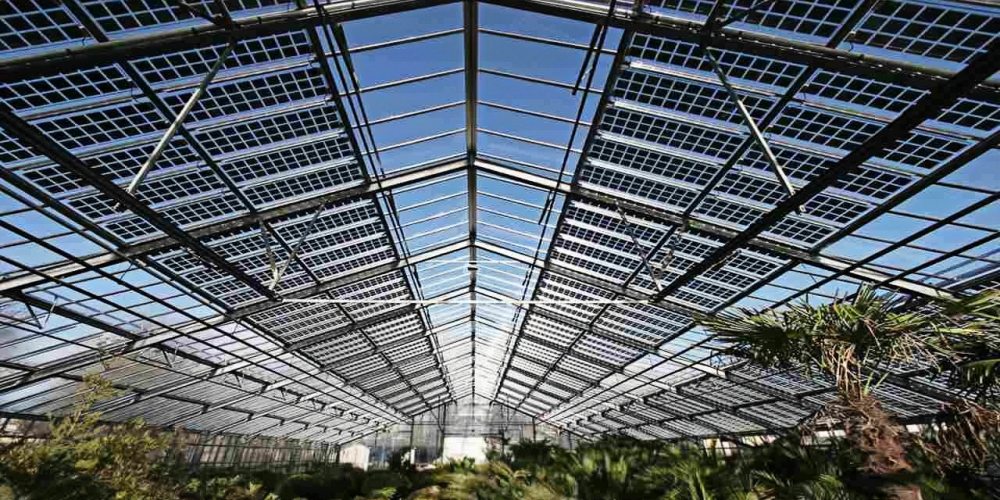Exploring Trapezoidal Roof Sheet PV Structures A Robust Solution for Tin Roofs
If you are considering harnessing solar energy on your tin roof, you might have come across various mounting options. One innovative solution that has gained popularity is the Trapezoidal Tin Roof Solar Mounting system. This article delves into the different components of this system, including the Trapezoidal Clamp, Railless Trapezoidal Solar Mounting, and Trapezoidal Metal Roof Solar Racking.
1. Trapezoidal Roof Sheet PV Structure
The trapezoidal roof sheet PV structure forms the foundation of the entire solar mounting system. Designed specifically for tin roofs, it provides a secure base for solar panels. The structure is meticulously engineered to withstand the rigors of outdoor environments, ensuring durability and longevity.
2. Trapezoidal Tin Roof Solar Mounting
The Trapezoidal Tin Roof Solar Mounting system is a comprehensive solution for installing solar panels on tin roofs. This precise and flexible mounting system accommodates the unique shape and structure of tin roofs, providing a seamless integration of solar panels.
3. Solar Trapezoidal Clamp
The Solar Trapezoidal Clamp is a vital component of the mounting system, responsible for securely fastening solar panels to the trapezoidal roof sheet structure. Constructed from high-quality materials such as aluminum or stainless steel, these clamps provide a strong grip while minimizing the risk of damage to the roof.
4. Railless Trapezoidal Solar Mounting
A cost-effective alternative to traditional solar mounting systems, railless trapezoidal solar mounting eliminates the need for rails altogether. This innovative design simplifies the installation process, reduces material and labor costs, and enhances the overall aesthetics of the solar PV system.
5. Trapezoidal Metal Roof Solar Racking
Trapezoidal metal roof solar racking maximizes the efficiency and effectiveness of solar panel installations on tin roofs. It optimizes the placement of panels, ensuring proper alignment and angle for optimal sunlight absorption. By utilizing the trapezoidal shape of the roof, this racking system minimizes shading and maximizes energy production.
In conclusion, the Trapezoidal Tin Roof Solar Mounting system offers a robust and efficient solution for harnessing solar power on tin roofs. With its comprehensive range of components like the Trapezoidal Clamp, Railless Trapezoidal Solar Mounting, and Trapezoidal Metal Roof Solar Racking, this system provides ease of installation, improved aesthetics, and long-term durability. By choosing this innovative solution, you can transform your tin roof into a reliable source of clean and renewable energy for years to come.





